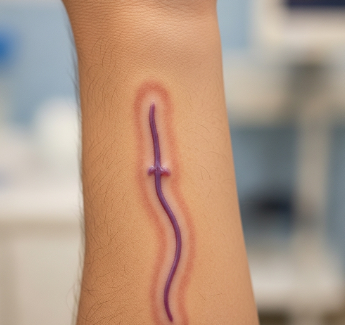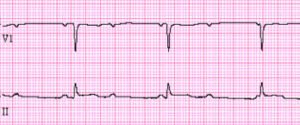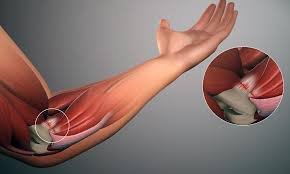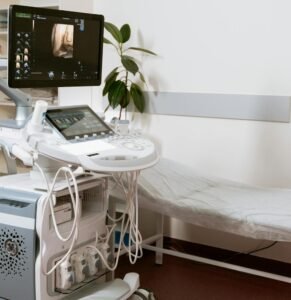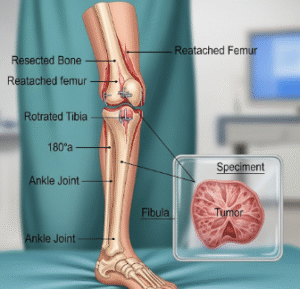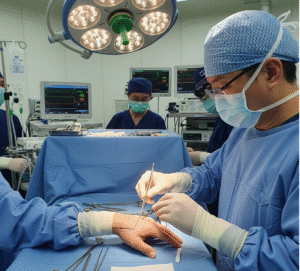Overview
A dialysis fistula, also known as an arteriovenous (AV) fistula, is a surgically created connection between an artery and a vein, typically in the arm, to facilitate hemodialysis for patients with chronic kidney disease or end-stage renal failure. This procedure provides long-term, reliable vascular access with fewer complications compared to catheters or grafts.
In South Korea, dialysis fistula creation is performed in advanced vascular and nephrology centers using precise microsurgical techniques and preoperative vascular mapping to ensure high patency rates and minimal complications.
What is a Dialysis Fistula?
A dialysis fistula is an arteriovenous connection that allows high blood flow suitable for repeated hemodialysis sessions. Unlike temporary catheters, AV fistulas are long-lasting, durable, and have lower infection risks.
Indications include:
- Chronic kidney disease requiring long-term hemodialysis
- Inadequate venous access for dialysis
- Patients needing a permanent, reliable vascular access
Purpose:
- Facilitate safe and effective hemodialysis
- Reduce risk of infections and complications associated with central venous catheters
- Provide durable and high-flow vascular access for long-term dialysis
What are the Benefits?
Dialysis fistulas provide multiple clinical advantages:
✔ Long-lasting and reliable vascular access for hemodialysis.
✔ Lower infection risk compared to catheters and synthetic grafts.
✔ Reduced clotting and thrombosis rates.
✔ Supports high blood flow for efficient dialysis.
✔ Minimally invasive creation with outpatient procedures in many cases.
✔ Improved patient comfort and quality of life.
Procedure Details
1) How should I prepare for a Dialysis Fistula?
- Medical evaluation: Blood tests, vascular ultrasound to map veins and arteries
- Medication review: Adjust blood thinners if advised
- Preoperative counseling: Discuss the procedure, expected outcomes, and post-operative care
- Hydration: Maintain proper fluid balance before surgery
- Consent: Understand the procedure, potential complications, and maintenance requirements
South Korean vascular centers provide personalized preoperative planning to optimize fistula success and minimize complications.
2) What happens during a Dialysis Fistula creation?
- Anesthesia: Local anesthesia with sedation or regional anesthesia
- Surgical approach:
- Incision and vessel identification: Surgeon exposes a suitable vein and artery
- Arteriovenous connection: The vein is surgically connected to the artery, often using microsurgical techniques
- Closure: Incision is closed with fine sutures
- Duration: Typically 30–60 minutes depending on location and complexity
- Post-operative assessment: Blood flow is checked to ensure patency
South Korean surgeons emphasize microsurgical precision and vascular mapping to maximize long-term fistula functionality.
3) What happens after a Dialysis Fistula?
- Immediate post-op: Monitor for bleeding, swelling, or compromised blood flow
- Pain management: Mild discomfort usually managed with oral analgesics
- Fistula maturation: Fistula may take 4–8 weeks to mature before it can be used for dialysis
- Follow-up: Regular monitoring of blood flow and vessel health
- Activity: Avoid heavy lifting or trauma to the arm; maintain proper hygiene
Risks / Benefits
Potential Risks:
- ➤ Bleeding or hematoma formation
- ➤ Infection at surgical site
- ➤ Thrombosis or clotting of the fistula
- ➤ Poor maturation requiring revision or alternative access
- ➤ Swelling or decreased circulation in the hand
Major Benefits:
- ✔ Provides reliable and durable access for long-term dialysis
- ✔ Reduces infection and complication rates compared to catheters
- ✔ Supports high blood flow for effective dialysis
- ✔ Minimally invasive with outpatient recovery possible
- ✔ Enhances overall patient safety and quality of life
Recovery and Outlook
- Immediate: Mild swelling and tenderness at the surgical site
- 1–2 weeks: Incision heals; monitoring continues for blood flow and complications
- 4–8 weeks: Fistula typically matures and becomes usable for dialysis
- Long-term: Regular monitoring ensures patency; proper care can allow fistula use for many years
South Korean hospitals provide structured follow-up, vascular ultrasound monitoring, and patient education to ensure optimal fistula performance and longevity.
When To Call the Doctor
Contact your surgeon or nephrologist if you notice:
- ➤ Persistent pain, swelling, or redness at the fistula site
- ➤ Signs of infection (fever, discharge, or warmth)
- ➤ Decreased or absent blood flow in the fistula
- ➤ Excessive bleeding or hematoma formation
- ➤ Any unusual symptoms affecting arm circulation
Best Korea Option / Process
South Korea offers expert dialysis fistula creation services due to:
- Experienced vascular surgeons and nephrology teams
- Preoperative vein mapping and advanced imaging for optimal site selection
- Minimally invasive techniques for outpatient procedures
- Comprehensive follow-up and fistula monitoring programs
- High safety standards and excellent long-term patency rates
- International patient support with scheduling, translation, and follow-up
Top hospitals for Dialysis Fistula creation in Korea:
- Samsung Medical Center, Seoul – Vascular Surgery & Nephrology
- Asan Medical Center, Seoul – Hemodialysis and Vascular Access Clinic
- Severance Hospital (Yonsei University Health System) – Vascular Surgery
- Seoul National University Hospital – Kidney & Vascular Access Division

